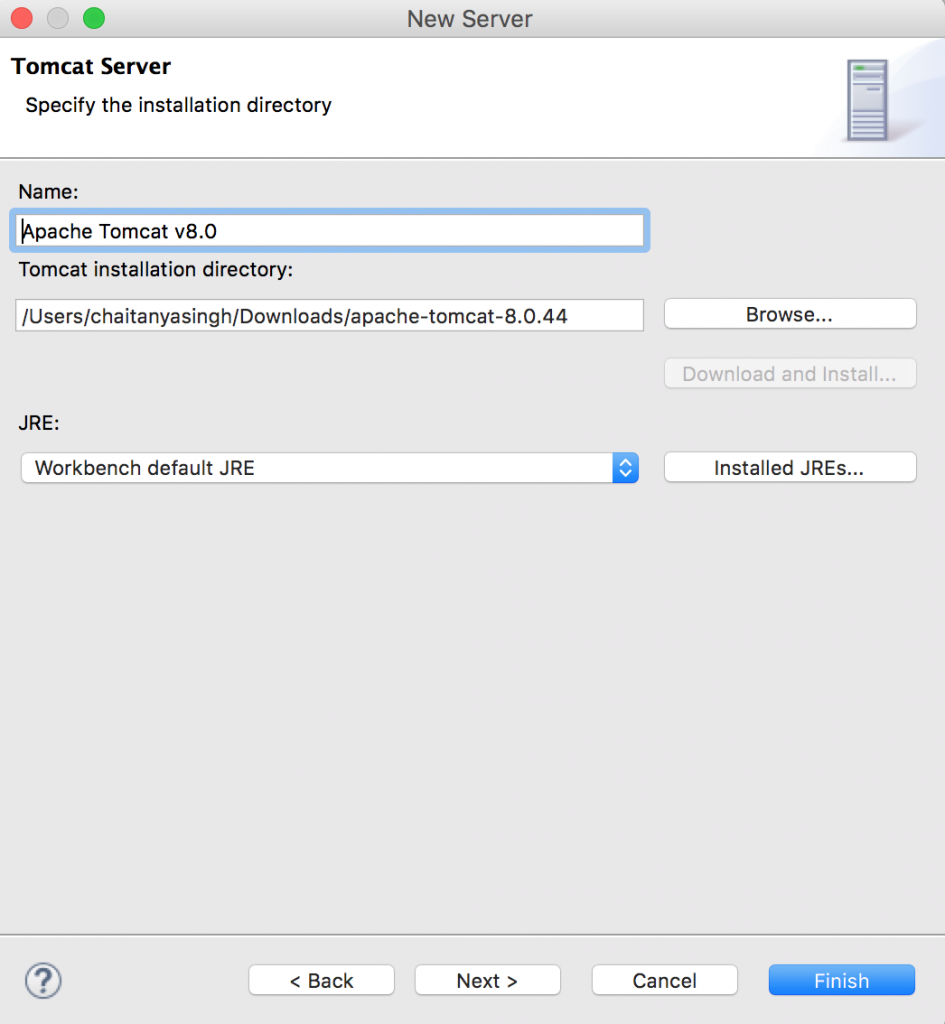
Later, we’ll use its administration page to deploy an AAR file.Ģ. should see the following screen: That verifies the Axis2 web application was deployed successfully. Start Tomcat in order to have the axi2.war file extracted and deployed. Extract the WAR distribution and copy the axis2.war file to Tomcat’s webapps directory. The Axis2 WAR distribution contains a web application for deploying and managing web services in a servlet container.

ANT_HOME = e:\Java\Frameworks\Ant\apache-ant-1.9.3.Axis2 Download: Both binary distribution and WAR distribution are required.Įxtract the binary distributions of Axis2 and Ant to anywhere on your computer, and then set environment variables pointing to their homes.Setting up Axis2, Tomcat and AntClick on the following links to download and install Axis2, Tomcat and Ant on your computer: We’ll walk through each step in details, but let’s look at the environment configuration first. Coding a RPC-based client program to consume the web service.aar file on Tomcat using Axis2 web application. Writing services.xml file to describe the service.


Writing a POJO class whose public methods will be exposed as Web services.Basically, the process consists of the following steps: With the support of Axis2, we can expose a POJO class as a Web service with a little effort. This tutorial shows you how to create a web service from a Plain Old Java Object (POJO) class, deploy it on Tomcat server and create a RPC-based client program to consume the web service. Apache Axis2 is a Web Services / SOAP / WSDL engine that provides infrastructure, libraries and tools for implementing Web Services in Java with ease.


 0 kommentar(er)
0 kommentar(er)
